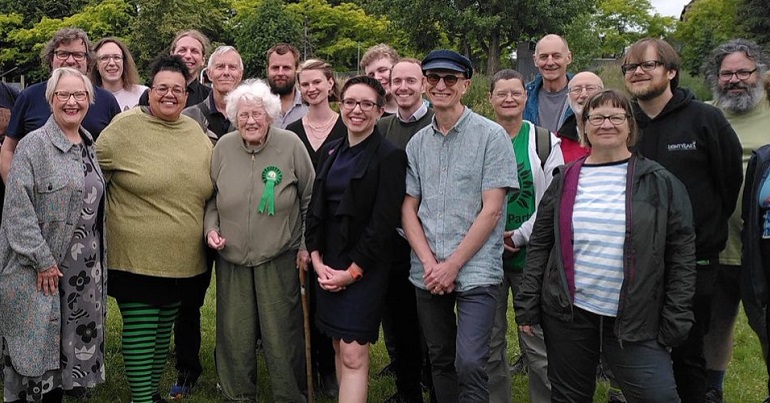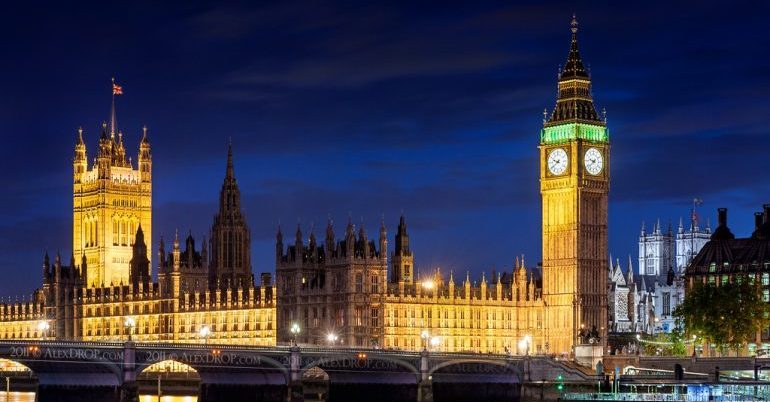Occupations – do they play in Peoria?
It is the classic question of American marketing – will it play in Peoria? And now, it seems, we will have an answer. Of the many occupations expected to launch today, one will indeed be in the Illinois city famous as the litmus test for American popularity.
The success or failure of the tactic of mass occupation of public space has been widely discussed elsewhere. And I suspect it is fair to say that on its own, it is unlikely to succeed in securing significant lasting change. Even in Egypt, whose Tahrir Square is surely the most famous occupied space of 2011, mass strikes probably had more to do with the downfall of Mubarak than did mass occupation.
But let’s put aside for a moment the broader questions about how change is achieved and which levers of power movements must pull. And let’s look at a simple question – how successful have these movements so far been in securing public support. Because whilst this is only one step in achieving change, it is an important one.
First, let’s look at media coverage, and at how that has been managed. As ever with American politics, Nate Silver’s blog fivethirtyeight is a great place to start. On it, he has done a basic assessement of the number of news hits Occupy Wall Street has received – and points out that whilst it got off to a slower start, the Occupy movement is beginning to rival the early days of the Tea Party. He also points to something with which many British activists have become familiar – coverage usually comes with clashes with the police.
A poll for Time magazine this week showed that 54% of Americans have a favourable attitude towards Occupy Wall Street – making the movement significantly more popular than the Tea Party, than President Obama, or the Republicans, or the Democrats. Given that most Americans will have gained their impression of the movement from the media coverage – most of which was focussed on clashes with the police, how has this happened? Whilst student protests in the UK helped shift media focus onto fees and cuts, and therefore helped increase opposition to the them, there was little evidence that they gave those who weren’t taking part a positive view of those who were. So, what lessons for activists in the UK?
Well, I’m sure there is a lot to learn. But here are a couple of initial thoughts.
Part of their success seems to me to come from one of the aspects of their occupation which I must confess I have found most annoying – their incistence on repeating and repeating the chant “we are the 99%”. Whilst this repetition can be maddening, it is of course necessary if the message is to be re-inforced. In TV coverage of a protest being attacked by police, there is very little chance to communicate any message about anything other than the policing. And it seems that, at every opporunity, this window has been used to convey the same simple line – until that, rather than the police beatings, is the main thing that anyone watching coverage on telly knows about the movement. The protests do not have a complex list of demands. But they do have a simple slogan that they repeat so much that even their detractors come to repeat it – even if it is to criticise or mock them. And that means the simple message – “we are the 99%” and “we are pissed off with the banks” carries far and wide.
The second thing about this slogan of course is that it directly confronts on of the primary criticisms levied at all such movements – that they are full of well-off middle class troublemaker smelly hippies. ‘No’, they say, we are just like you. And if all politics is identity politics, then this is key. Of course, it has to an extent to be true – the protesters have to be democraphically diverse, and to say things which people do believe are in the interests of the majority. But at a time when when a financial collapse is crushing millions, this is surely not difficult.
Finally, it is a useful reminder that people aren’t nearly as right wing as the media would have us believe. The latest Rasmussen poll on the subject tells us that only 53% of Americans prefer capitalism to socialism, 20% prefering socialism, and the rest unsure. And of course this 53% includes both Republicans and Democrats.
The media always like to portray left wing protests as representing crazy minority views – as being out of touch and irrelevant. Well, in fact, they don’t like to portray left wing protests at all, but if they will, than this is how they do it. The American Occupy movement won’t lead to revoltion. And it is unlikely to secure significant short term change without unions using their industrial power to back them up. But it has already secured significant public support. From rubbish collectors in LA returning to the protesters the property that the police had stolen and thrown out, saying ‘we are the 99% too’ to occupied Peoria, civil disobedience is playing in Middle America. And that, surely, means something.




I’m glad to have visted yur page. I think, praticing a protest is healthy. It enable the small people to be heard in their agonies. But then, it should be done in a peaceful manner. Both the protesters and police officers should secure that no civilian would get hurt during the demo.
Fred – obviously everyone involved has different opinions from each other, but it is certainly the case that the people at the occupation in London are calling for things which would usually be categorised as more left wing than right. Unlike the people who founded the Green Party.
Are they left wing? How do you know, there aren’t right wing protesters there too; you know like the people who fopunded the Green Party.